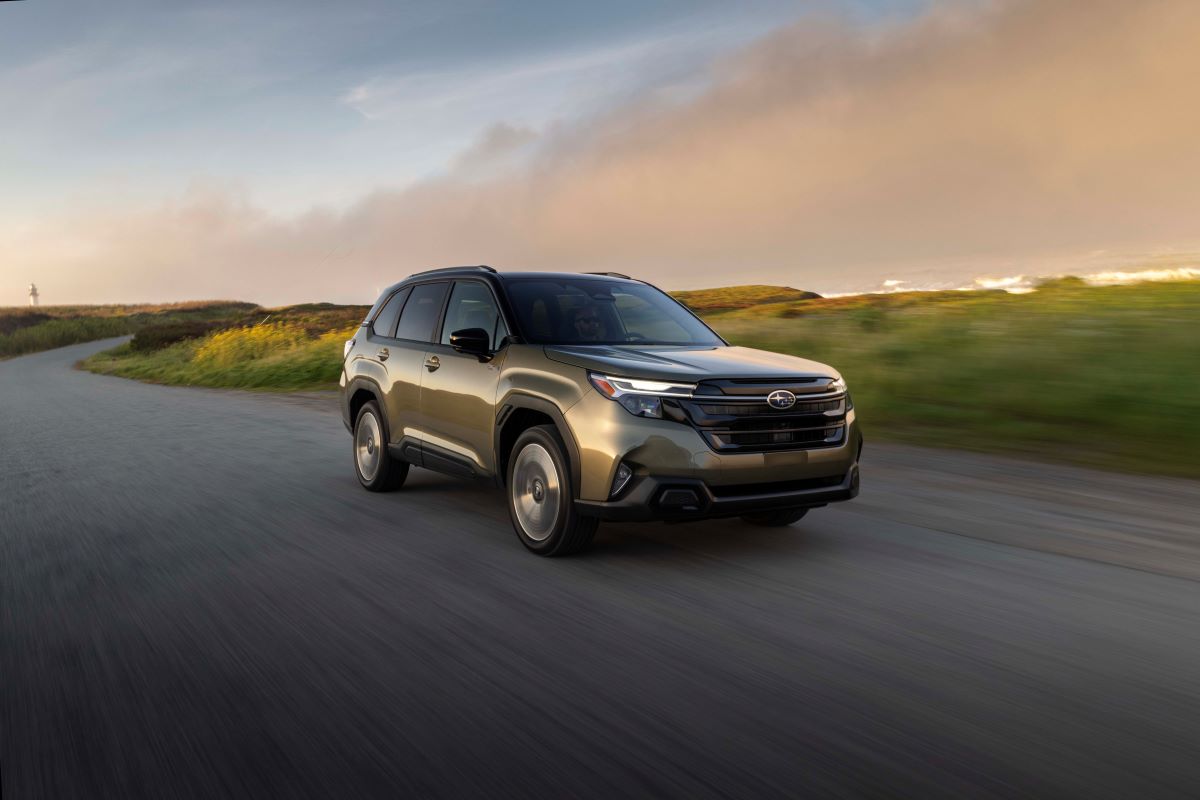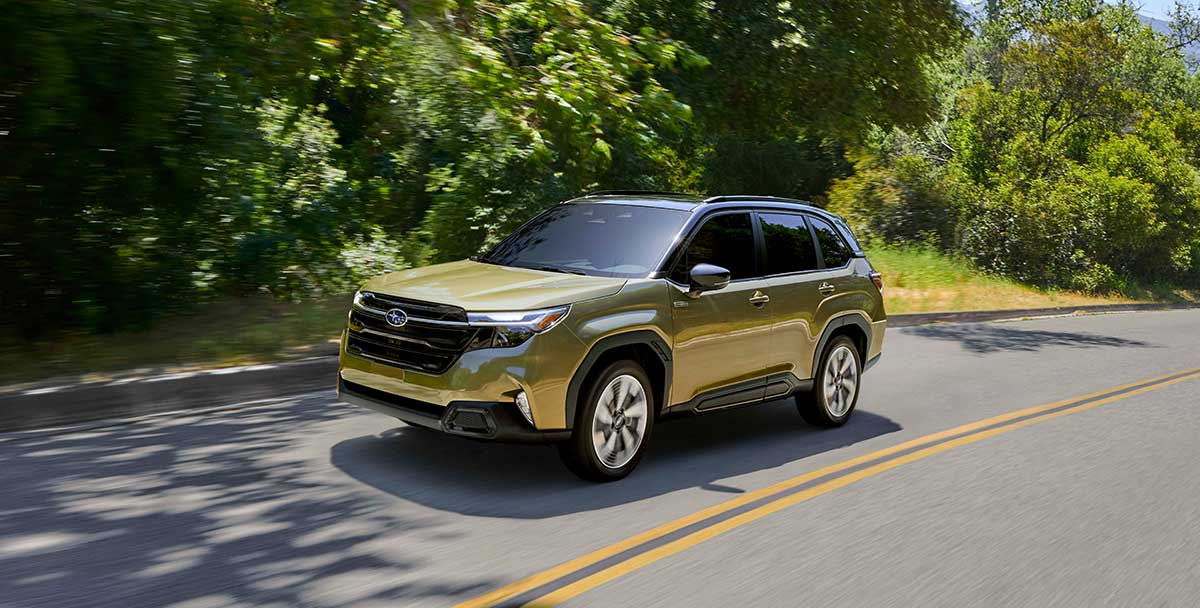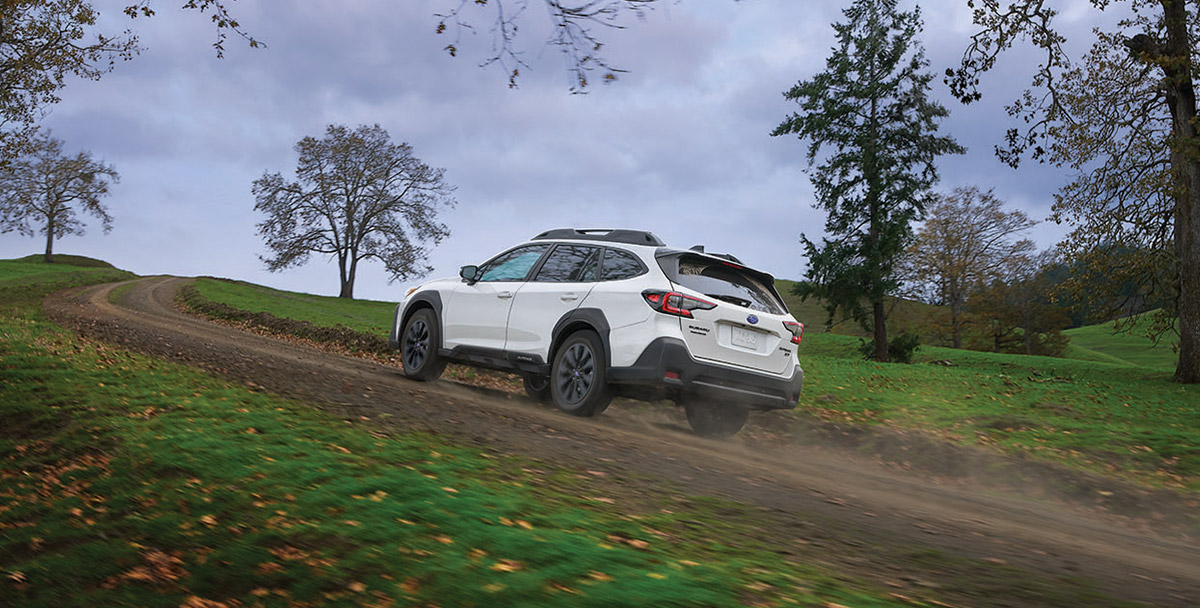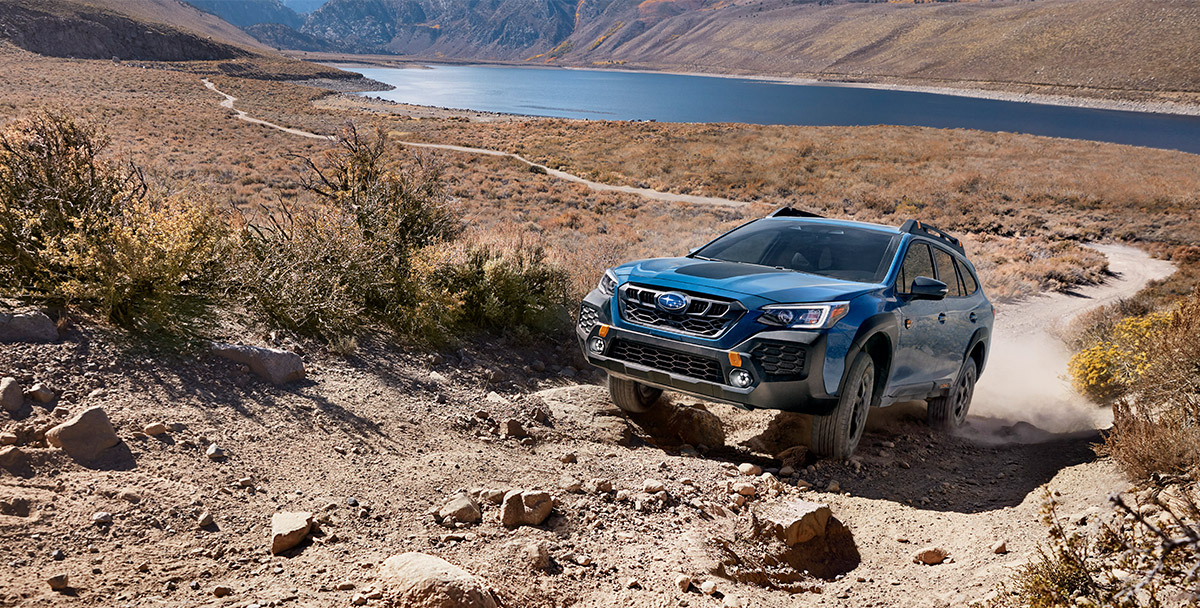Imagine you’re a Japanese student studying in the United States in 1993. It’s hard to get news from home – the internet isn’t in widespread use yet, so you’re left with the postal service and your ability to put pen to paper. You miss out on a lot of things, including Japanese car culture.
Fast forward to 2019. You’re still in the U.S. and making up for lost time. You decide to import a Japanese classic to your adopted home.
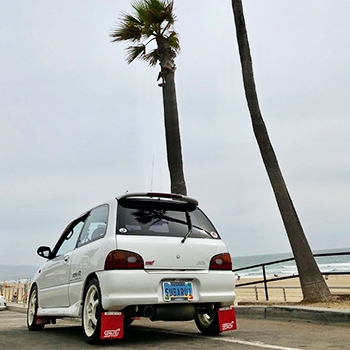

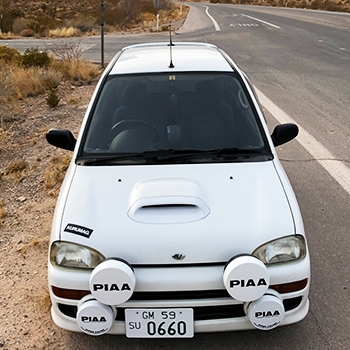
This is the car Yujiro “Yuji” Otsuki couldn’t do without: a 1994 Subaru Vivio RX-R. He wanted to experience a piece of what he had missed out on back in his college days. The Vivio RX-R may not be familiar to you if you never spent time in Japan – it wasn’t sold in the U.S. market. Produced from 1992 to 1998 as a 3-door or 5-door hatchback and as a 2-door targa top, the Vivio was a pint-sized kei car that weighs in at just about 1,500 pounds, depending on the trim, and gets its power from a 658-cc engine.
Otsuki’s passion for cars led him to a job with Vermont SportsCar, the technical partner of Subaru Motorsports USA, where he manages the company’s social media accounts. The position helped foster his love for Subaru. “I probably owned about 10 Subaru vehicles, and I really wanted to have something I couldn’t have in the 1990s,” he says.
“I wanted to have something I may have been driving if I [had] stayed in Japan instead of coming to the U.S.,” he says. “I clearly remember those Vivio models running around in Tokyo in the early 1990s. I just had to get it, and I was determined to find one.”
It wasn’t as easy as simply finding one and having it shipped over. He had to use what’s referred to as the 25-year Import Rule (see sidebar below), which allows for the import of older cars that may not comply with current motor vehicle standards. That limited him to cars from 1994 or earlier and gave him a very narrow production window. The good thing was that window lined up with his college years.

While some people like to take an old car and fill it with modern upgrades, Otsuki took a different approach. “My main interest was to make it period correct as if the car was brought back from 1994,” he says. Instead of adding modern upgrades, he stripped them out and added back period-correct parts and accessories.
“I basically removed all the newer parts and put all the early 1990s parts back in the car,” Otsuki says. “The new car stereo with Bluetooth®1 function had to go. I installed a JDM [Japanese Domestic Market] CD/cassette player with a cool graphic equalizer instead. Illuminated rear speakers were very popular back then, so those speakers were in. The wheels are all period correct, and they are rally style wheels. The 1990s giant round driving lamps were added as the headlights were very dim.”
It was only natural that Otsuki wanted to show off his car to people who would appreciate his work. He attended the first Hot Wheels™ Legends Tour in Los Angeles without a show car and thoroughly enjoyed seeing the variety of vehicles on display.
The next year, it was his turn. "I saw their post calling for entries, and I just couldn’t resist hitting ‘Apply now.’ Of course, after submitting my application, I started worrying about how the heck am I going to bring the Vivio down there. It’s a 560-mile round trip from home.”
Taking a modern car on a trip from Las Vegas to Los Angeles is no big deal, but the Vivio RX-R is not modern. Otsuki knew it was fine on city streets, but a long highway drive was a giant question mark.
“I thought about hiring a tow truck to LA for a second, but what’s the fun of that? Cars are meant to be driven, and one of the Vivio rally cars survived and had a Group A class win at Safari Rally, which is known as the toughest rally on Earth,” he says. “It did the 9,000-mile Peking to Paris rally raid and finished the race unofficially, so I was ready for a challenge.”
Otsuki says his little Vivio was just fine running at around 70 mph at 4,500 rpm, although it wasn’t exactly quiet. “While it picked up every bit of wind and road noise from outside, my Kenwood cassette player was blasting Huey Lewis and the News at the highest volume. Life is good!”
It brought home how much autos have improved over the years. “It also made me realize how quiet a modern-day Subaru is, while my Vivio drove and sounded like an F-16 fighter jet.”

It was worth the trip for the reception Otsuki and his Vivio received at Hot Wheels Legends. “My car was such a kid magnet! There were smiles all over. Even Jay Leno stopped by, and he took a picture with me.” Otsuki also met up with his friend Ryu Asada, who is a JDM Hot Wheels designer, and took the Vivio for a spin after the show.
The experience changed how Otsuki views car shows. “Just like any motorsports, it’s really more fun to be in it rather than being a spectator, so I highly recommend everyone to start being involved and start bringing fun toys because it’s all worth it.”
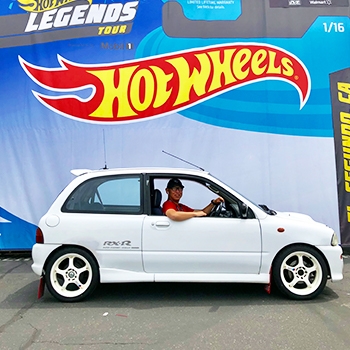
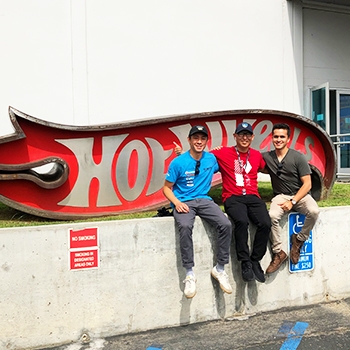
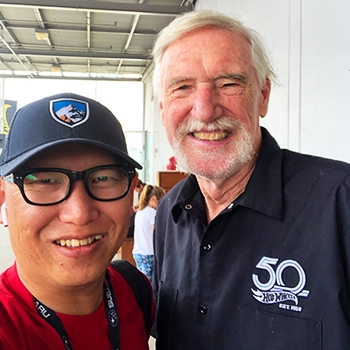
— Otsuki, on his journey to L.A.
1 Bluetooth® is a registered trademark of Bluetooth SIG, Inc.

